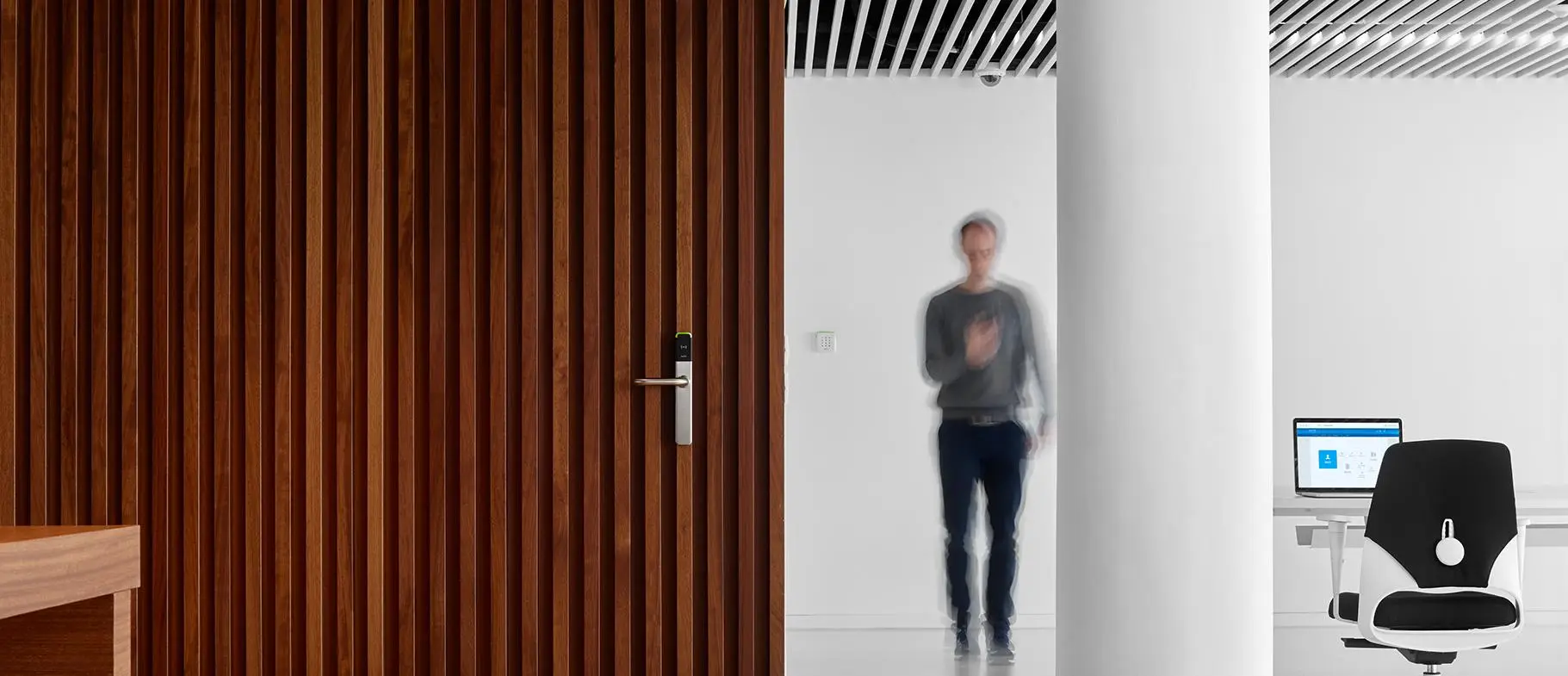Access Control for Listed Buildings: Balancing Security with Heritage Preservation
Listed buildings are treasures of our architectural heritage, but securing them in the modern age presents unique challenges. The implementation of access control systems in these historical structures requires a delicate balance between preserving their character and ensuring robust security. Let’s explore how this balance can be achieved, and why it’s crucial for the protection of our cultural landmarks.
The Challenge of Securing Listed Buildings
Listed buildings often feature delicate architectural elements, protected interiors, and strict regulations governing modifications. This can make the installation of traditional access control systems problematic. However, the need for security in these often high-profile and valuable properties is paramount.
Modern Solutions for Historical Structures
Fortunately, advances in access control technology offer solutions that are both effective and minimally invasive:
1. Wireless Systems
Wireless access control systems are ideal for listed buildings as they require minimal structural alterations:
- No need for extensive cabling
- Easily removable, preserving the building’s integrity
- Can be installed in a way that complements the existing architecture
2. Smart Locks
Smart locks can replace or augment existing locks without significant modifications:
- Retrofit options available for many traditional lock types
- Offer advanced features like remote access and audit trails
- Can be designed to match historical aesthetics
3. Mobile Access Credentials
Using smartphones as access credentials eliminates the need for physical keys or cards:
- Reduces the risk of lost keys
- Allows for easy management of access rights
- Minimises the need for visible modern hardware
Integrating Access Control with Existing Features
When implementing access control systems in listed buildings, it’s crucial to work with existing features:
- Utilise existing door frames and fixtures where possible
- Conceal control panels and wiring in non-intrusive locations
- Choose hardware finishes that complement the building’s aesthetic

Compliance and Approvals
Installing access control in listed buildings often requires special permissions:
- Consult with conservation officers early in the planning process
- Prepare detailed plans showing minimal impact on the structure
- Consider reversible installations that can be removed without damage
Benefits of Modern Access Control for Listed Buildings
Despite the challenges, implementing modern access control systems in listed buildings offers significant advantages:
- Enhanced Security: Protect valuable artefacts and the building itself from theft and vandalism
- Improved Access Management: Easily control and monitor who has access to different areas of the building
- Audit Trails: Maintain detailed records of entry and exit, crucial for both security and conservation purposes
- Energy Efficiency: Integration with building management systems can help reduce energy consumption
- Fire Safety: Modern systems can integrate with fire alarms for improved emergency response
The Future of Access Control in Heritage Buildings
As technology continues to advance, we can expect even more sympathetic solutions for listed buildings:
- Biometric systems that can be seamlessly integrated into existing structures
- AI-powered analytics for predictive security measures
- Augmented reality interfaces for intuitive system management
Conclusion
Implementing access control systems in listed buildings is a complex but necessary task. By choosing the right technology and working closely with conservation experts, it’s possible to enhance security while preserving the integrity and beauty of our architectural heritage.
Opem: Your Partner in Heritage Property Security
At Opem, we specialise in designing, installing, and maintaining cutting-edge access control and CCTV systems for the commercial property and flexible workspace sector, with particular expertise in listed and heritage buildings. Our team understands the unique challenges posed by historical structures and is dedicated to providing bespoke security solutions that respect architectural integrity while offering state-of-the-art protection.
Our approach involves close collaboration with conservation specialists, meticulous planning, and the use of the latest non-invasive technologies. From initial consultation to system design, installation, and ongoing maintenance, Opem is committed to delivering excellence in integrated security solutions that meet the specific needs of listed buildings.
By choosing Opem, you’re partnering with a team that combines a deep respect for historical architecture with expertise in modern security systems. We work tirelessly to ensure that your heritage property benefits from the latest advancements in access control technology while preserving its unique character and value.
Contact Opem today to discover how we can enhance the security of your listed building with tailored access control solutions that stand the test of time.